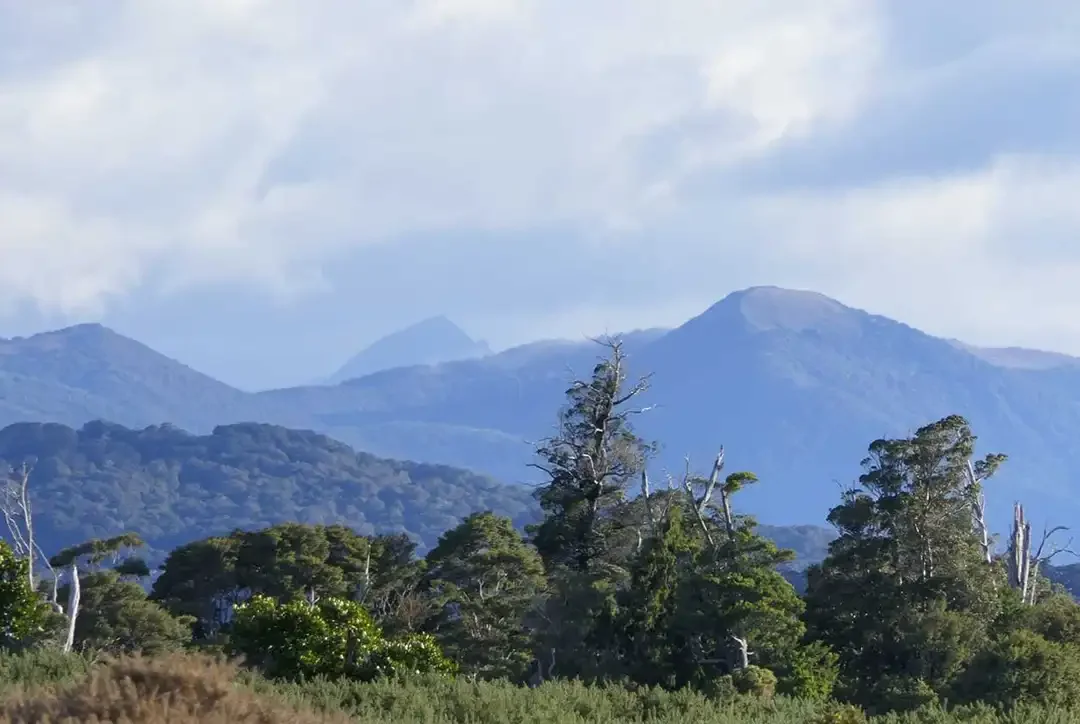Forests, Carbon and Climate Change
Financial accounting is a useful metaphor for carbon accounting. In both accounting systems there are inputs (e.g., revenue/carbon sequestration), and outputs (e.g., expenditures/carbon emissions).
For financial accounting, an organisation with high turnover (incoming money) may still not have a growing bank balance because they may not have enough surpluses to put into a savings account.
When revenue (incoming) is higher than expenditure (outgoing) the organisation’s surplus increases, and they can sequester this into a term deposit. Conversely, when revenue is less than expenditure, the organisation will have no surplus to put into a term deposit and the bank balance will continue to get smaller. The world is currently heading towards insolvency from a carbon accounting perspective because our emissions are greater than our removals leading to a steady increase of CO2 in the atmosphere. This is changing the climate in ways that are incompatible with growing enough food to feed 9.7 billion people by 2050.
The bank balance is the sum of financial transactions into and out of an organisation. Similarly, the carbon balance is the sum of CO2 movement into a living system through photosynthesis (CO2 capture), and out of the living system through respiration/decomposition (CO2 emissions).
The carbon stored in a tree as wood is only stored there for the life of the tree. This is why carbon accounting is about forests (a population of trees) and not trees as individuals.
When a grassland is forested, the land use has changed from a population of grass to a population of trees. The population of trees will store a higher volume of carbon per hectare than the population of grass for the same hectare. During the period when the forest is growing it is sequestering carbon into wood. This is why carbon credits can be issued to projects that grow new forest, but only for a limited period as the forest grows. The carbon credits represent the additional carbon added to the ecosystem as its biomass increases. When the forest is mature the carbon volume stored will reach a volume limit and stay the same and the ability to issue carbon credits will stop.
Plantation forests that are clear-cut harvested will grow their store of carbon while the forest grows and then release most of that carbon to the air during the 100-year period after the forest is harvested. But if the new plantation forest is always replanted after harvesting it can remain as a living system for hundreds of years (or longer). Here, the average carbon volume stored in the plantation forest land use is still higher than what is stored in the preceding grassland. This is why carbon credits are only issued during the first half of the first rotation in a new plantation forest destined for a clear-cut harvesting and replanting cycle. After that point the carbon gain will be counter-balanced by the carbon lost through harvesting.
When a mature intact native forest is logged the carbon stored in the forest is released to the air. If the same forest is allowed to regrow to maturity it will eventually recover the carbon volume that was lost – similar to a plantation harvest rotation but typically over a much longer timeframe (e.g., hundreds of years). However, mature intact native forests are often harvested and remain degraded or eventually converted to non-forest land uses. This represents a permanent transfer of carbon to the air. This is a common problem in developing countries where deforestation and forest degradation is a major problem.
Projects that convert productive native forests into permanently protected forests, therefore, deliver carbon benefits by preventing emissions from deforestation and forest degradation in countries where native forest logging occurs. This kind of forest carbon project is helping to protect rainforests in many developing countries including the Pacific Islands. Such projects can help indigenous peoples and local communities reap the benefits of economic development without degrading their ecosystems. This is because they can sell carbon credits instead of wood and where the carbon credits represent the avoided emissions from avoided deforestation or forest degradation.
As can be seen, the forest carbon accounting story is a complex one, but no more complex than many land management challenges. The invitation to all of us interested in preventing dangerous climate change, is to look at how we can help grow new forests and protect existing ones. Here at Ekos this is a daily task for our team and something that we are very proud to be involved with. We are also grateful that for the first time in history there is a financing instrument capable of supporting forest conservation and restoration at scale – this instrument being carbon credits and carbon markets. As forest conservationists, this is why we got involved in the carbon markets in the first place.


